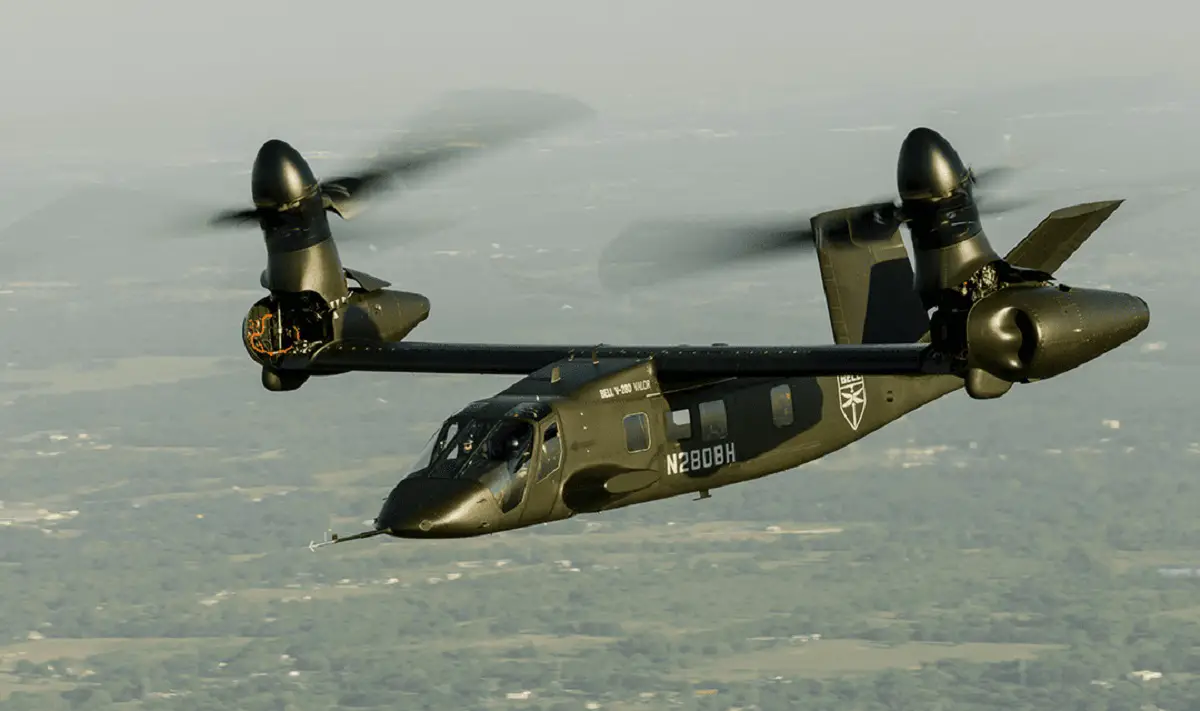The U.S. Army’s Future Long-Range Assault Aircraft (FLRAA) is a tiltrotor aircraft that takes off and lands vertically like a helicopter and flies like an airplane. Several key components of FLRAA will be supplied by GE Aerospace, including the powerful network, called the Digital Backbone, that acts as the nerve center for all the data traffic on board. The Army’s current fleet is divided into three helicopter categories for different needs: utility, cargo, and attack/reconnaissance. But as the Army gradually develops its next-generation aircraft, meaning the central and distributed computers on aircraft that control the critical communications, navigation, and monitoring systems, among others. This is enabled by Bell’s Modular Open Systems Approach (MOSA) and Common Open Architecture approach for the digital backbone. More than civilian aircraft, the Army’s fleet of helicopters contain extra features, such as sophisticated systems and sensors that boost the warfighter’s lethality and optimize teaming, allowing several aircraft to collaborate on the same mission. FLRAA’s MOSA-enabling Digital Backbone is meant to consign those days to the past. Martin says that the system is aptly named in terms of appearance and function. Like a human’s central nervous system, the Digital Backbone is not just a piece of hardware since it boasts an integrated operating system.
Ryan Ehinger, Bell’s senior vice president and program director for FLRAA, describes the GE Aerospace products this way: “These technologies support new system architectures and life-cycle concepts. This gives the Army a vendor-agnostic path to explore new systems and capabilities—ensuring affordability and delivering soldiers the right tools for success in multi-domain missions.”
“The U.S. Army’s intent for the next generation of vertical lift is enhanced speed, range, agility, and rapid integration of advanced mission equipment so they and their allies can always stay one step ahead. We’re really excited to have the opportunity to help enable that,” says Tanika Watson, Future Vertical Lift leader for GE Aerospace.
“Each helicopter is specific. An Apache and a Black Hawk are very different machines designed for their unique missions. Common computing systems offer the Army speed, scalability, and security. It used to be painstaking and costly for the military to enhance the capabilities of their previous systems, since they were often dealing with several vendors and various computing structures. It could take many years dealing with several custom-made, very federated, unique computers, and they’d usually have to go back to the original equipment supplier. It’s a bit like a spinal cord with a nervous system that connects to all the different senses and motor centers of the body. Our backbone makes the upgrade path much simpler. It puts the U.S. Army in control to go to any supplier they want and to get whatever capability they need and retain their independence. It can pick up abnormalities such as vibration, which tells maintainers where they need to focus their attention,” says Larry Martin, avionics computing and networking general manager with GE Aerospace.
In fact, GE Aerospace engineers have designed the upgrade process in line with Bell’s MOSA requirements so it’s almost as simple as installing, integrating, or deleting apps on a smartphone, says Martin. Martin says that GE Aerospace has drawn on its rich pedigree of building open-architecture interfaces for both military and civil aviation sectors for FLRAA. “Our backbone makes the upgrade path much simpler,” he explains. “It puts the U.S. Army in control to go to any supplier they want and to get whatever capability they need and retain their independence.” Bell is providing the requirements and direction for FLRAA and FARA, the Future Attack Reconnaissance Aircraft program. Connecting to this Digital Backbone and leveraging GE Aerospace’s analytics expertise are the Cockpit Voice and Flight Data Recorder and the Health Awareness System. The Health Awareness System monitors the behaviors of the aircraft, using analytics to model against baseline expectati Leveraging more than 30 years’ experience, the Health Awareness Systems will enable FLRAA to be reliable and easy to maintain with a smaller logistical footprint.ons. This provides an early-warning system to the operators, allowing them to carry out preventive maintenance.












